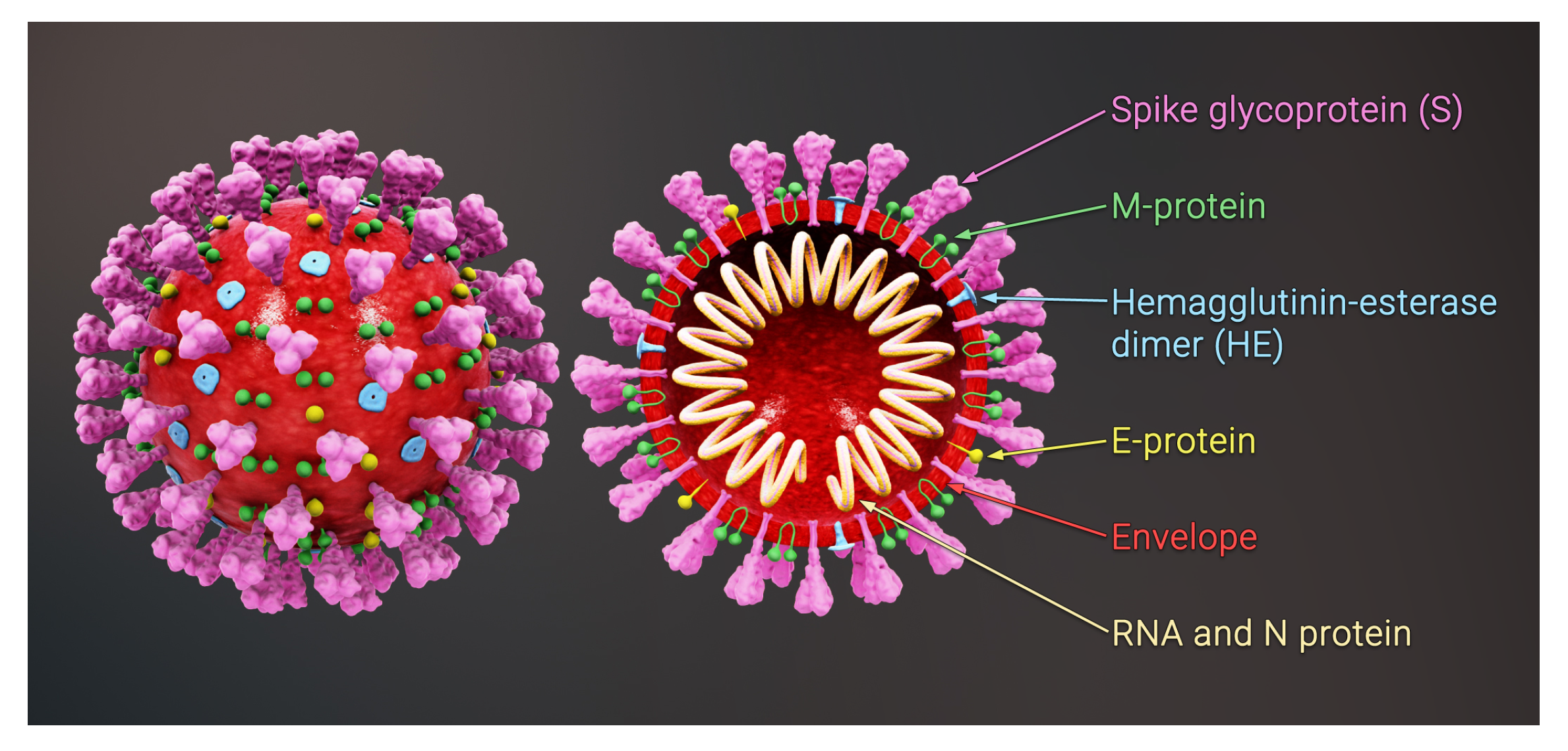2022-10-03 オークリッジ国立研究所(ORNL)
Scientists used genome sequencing and computational biology to tease out the genetic profile of a new moss species, Sphagnum magni, typically found in the southeastern United States. Credit: Blanka Aguero, Duke University
オークリッジ国立研究所、デューク大学などの研究チームが、北米に生息するスナゴケの新種2種を特定し、進化がこの種の炭素貯蔵の役割にどのような影響を及ぼすかを明らかにした。
スナゴケは北半球の泥炭地の主役であり、陸上炭素の3分の1がそこに貯蔵されている。気温の上昇に対するコ
の反応は、どれだけの炭素が土壌に固定されるか、あるいは大気中に放出されるかを予測する材料となる。
遠く離れた生息地から採取したコケのサンプルを調査していた研究者たちは、ゲノム配列の決定と高度な計算を駆使して、Sphagnum magellanicum 複合体の中の違いを特定しました。
<関連情報>
- https://www.ornl.gov/news/moss-genome-study-identifies-two-new-species
- https://nph.onlinelibrary.wiley.com/doi/10.1111/nph.18429
新しいモデルにおける系統構造と種分化:Sphagnum magellanicum complex(蘚苔類) Phylogenomic structure and speciation in an emerging model: the Sphagnum magellanicum complex (Bryophyta)
A. Jonathan Shaw,Bryan Piatkowski,Aaron M. Duffy,Blanka Aguero,Karn Imwattana,Marta Nieto-Lugilde,Adam Healey,David J. Weston,Megan N. Patel,Jeremy Schmutz,Jane Grimwood,Joseph B. Yavitt,Kristian Hassel,Hans K. Stenøien,Kjell-Ivar Flatberg,Christopher P. Bickford,Karen A. Hicks
New Phytologist Published: 15 August 2022
DOI:https://doi.org/10.1111/nph.18429
Summary
- Sphagnum magellanicum is one of two Sphagnum species for which a reference-quality genome exists to facilitate research in ecological genomics.
- Phylogenetic and comparative genomic analyses were conducted based on resequencing data from 48 samples and RADseq analyses based on 187 samples.
- We report herein that there are four clades/species within the S. magellanicum complex in eastern North America and that the reference genome belongs to Sphagnum divinum. The species exhibit tens of thousands (RADseq) to millions (resequencing) of fixed nucleotide differences. Two species, however, referred to informally as S. diabolicum and S. magni because they have not been formally described, are differentiated by only 100 (RADseq) to 1000 (resequencing) of differences. Introgression among species in the complex is demonstrated using D-statistics and f4 ratios. One ecologically important functional trait, tissue decomposability, which underlies peat (carbon) accumulation, does not differ between segregates in the S. magellanicum complex, although previous research showed that many closely related Sphagnum species have evolved differences in decomposability/carbon sequestration.
- Phylogenetic resolution and more accurate species delimitation in the S. magellanicum complex substantially increase the value of this group for studying the early evolutionary stages of climate adaptation and ecological evolution more broadly.


